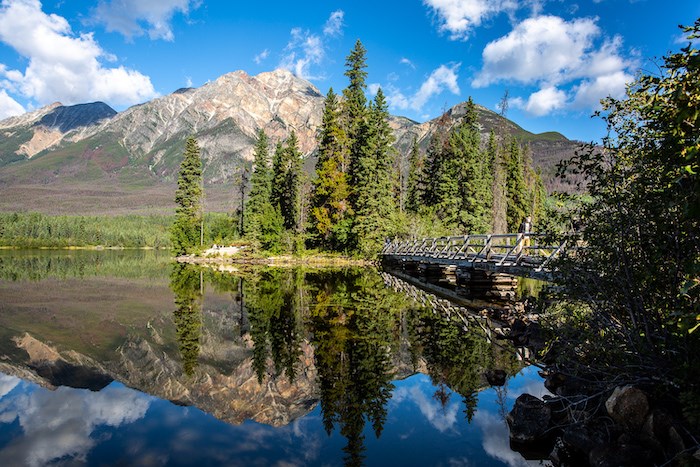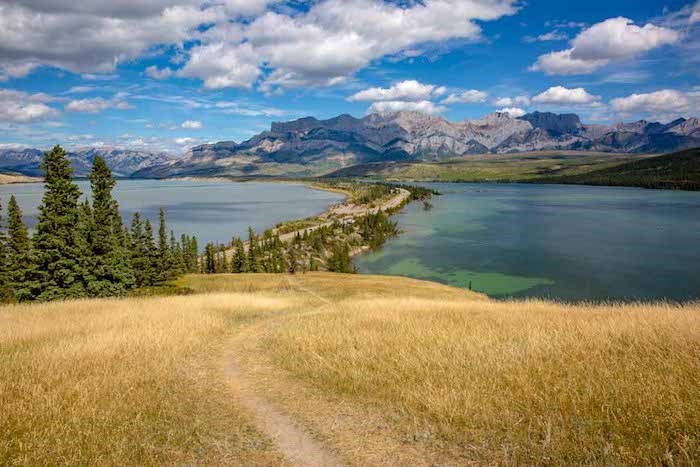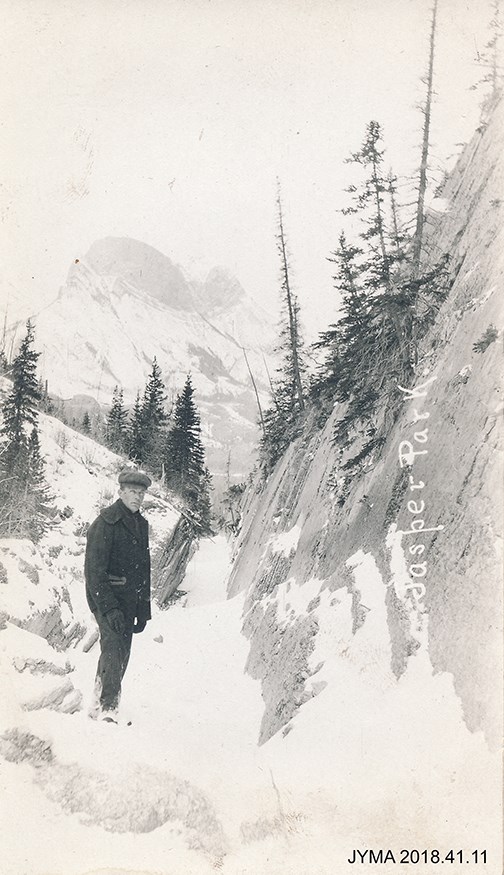
Fuchsia Dragon | [email protected]
One hundred and thirteen years ago, on Sept. 14, 1907, the Dominion of Canada government set aside an area of the rugged and beautiful Rocky Mountains to be protected: Our home, Jasper National Park.
The area was then called Jasper Forest Park, named for Jasper Hawse, who operated a trading post in the region for the North West Company in the late 1800s.
Before then, the Athabasca River Valley was populated by Indigenous people for thousands of years.
In the early 1900s, the Grand Trunk Pacific and Canadian Northern railways both chose Yellowhead Pass as their route through the Rocky Mountains.
And as both transcontinental routes were to pass through this area, the federal government decided to set aside land for a forest reserve. Thus, Jasper Forest Park was born.
Near the end of 1910, the Grand Trunk Pacific Railway established a divisional point at mile 112 (as measured from the McLeod River), near a plateau between the Miette and Athabasca Rivers. The town-to-be was named 51���� after vice-president and general manager of the railway, E.H. 51����.
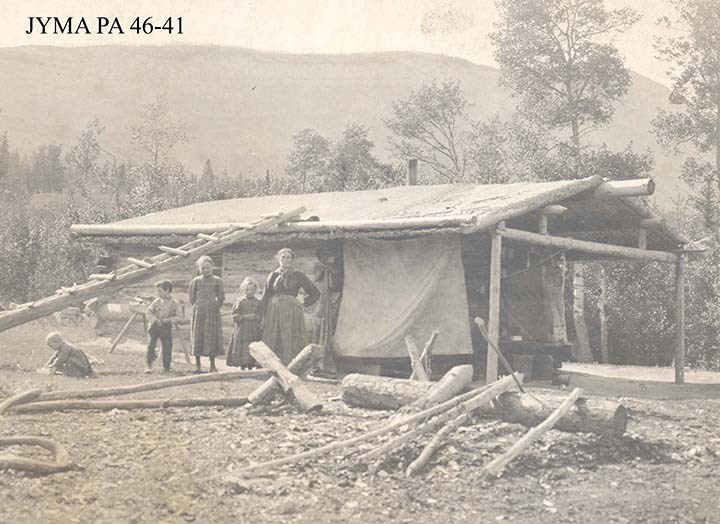
That year, the government made payments to settlers who were forced to leave the Athabasca Valley due to the formation of the park. The exception was Lewis Swift, who negotiated permission to keep living on his land inside the park.
By 1911, the Canadian government had decided to make 51���� the administration centre for Jasper National Park. The town survey completed in mid 1913 was approved one year later and development of the town began. The first change was to rename the town to Jasper, the name by which it is known today.
One of Jasper’s original buildings, the Jasper Visitor Information Centre, was built in 1913.

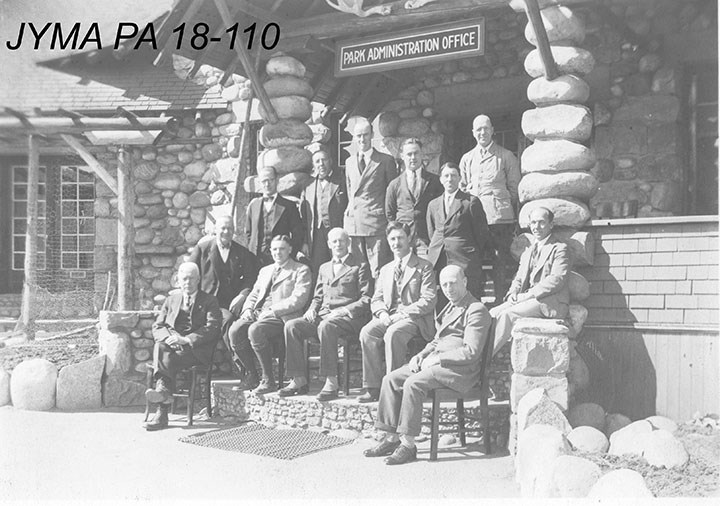
It became home to Jasper’s first superintendent, Colonel Samuel Maynard Rogers, who arrived from Ottawa with his wife Annette (or Annie - Lake Annette’s namesake) and Annette’s niece Beatrice (Bea), in 1914. It also housed the administration offices for Jasper Forest Park.
The first school in Jasper started in 1914. It was in a tarpaper shack, formerly used by the timekeeper for Phelan & Shirley. Before the tourist season began the shack was torn down and a large tent was then used as the school for a while. A new school was built at 305 Patricia St. in late 1914, which later became the residence of the Cox family.
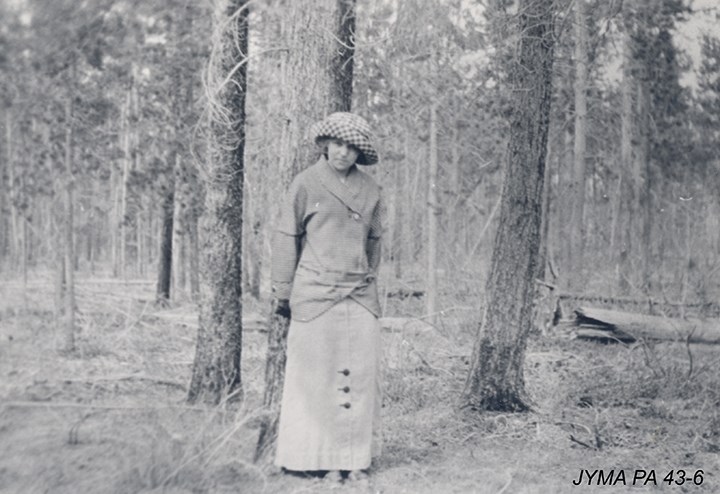
Two years later, in 1916, Mount Edith Cavell was officially named in honour of a British nurse who was executed during the First World War. Cavell is celebrated for saving the lives of soldiers from both sides without discrimination and in helping some 200 Allied soldiers escape from German-occupied Belgium, for which she was arrested.
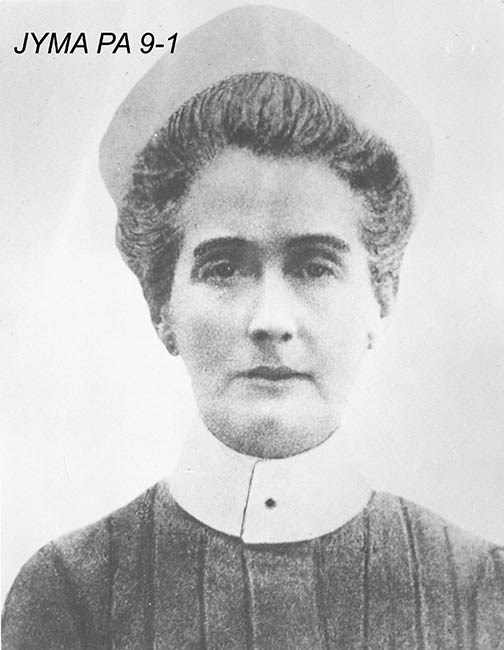
Jasper’s community and popularity as a tourism destination grew over the years, and the park was officially established as a national park in 1930.
In the mid 1930s, the Alberta Motor Association began pushing for safer all-weather paved roads in the province.
There had been a road to Jasper from Edmonton since 1917, when an unused railroad bed was sold to the European war effort.
But in early 1939, the province approved a plan to put hard surfacing on 1,600 kilometres of Alberta roads including Edmonton to Jasper, with work to be completed by the 1940 tourist season.
After the Second World War, the Trans Mountain Oil Pipeline Company began looking at the Yellowhead as a possible route for an oil pipeline from Edmonton to Vancouver. Construction began in 1952 and much of the “tote road” - a road constructed from abandoned railroad grade - was damaged or completely destroyed.
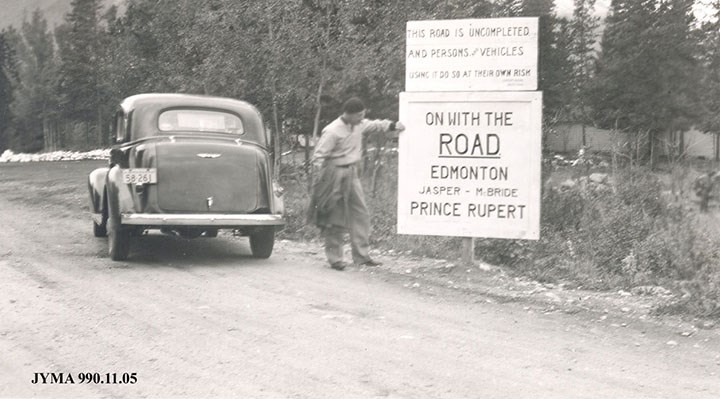
But by 1969 the tote road had been more or less reconstructed and finally paved. In August of 1970, the Premier of British Columbia , W.A.C. Bennett, officially opened the Yellowhead Inter-provincial Highway - now known as the Trans-Canada Yellowhead Highway 16.
A year later, the importance of the Yellowhead Pass as a travel corridor received official recognition and designated as a national historic site.
Jasper National Park was declared a UNESCO World Heritage Site in 1984, together with the other national and provincial parks that form the Canadian Rocky Mountain Parks, for the mountain landscapes containing mountain peaks, glaciers, lakes, waterfalls, canyons, and limestone caves as well as fossils found here.
It is these features of this protected land: Jasper’s vistas, outdoor pursuits and history, that have captured the imaginations and hearts of adventurers for more than a century - and long will continue.

